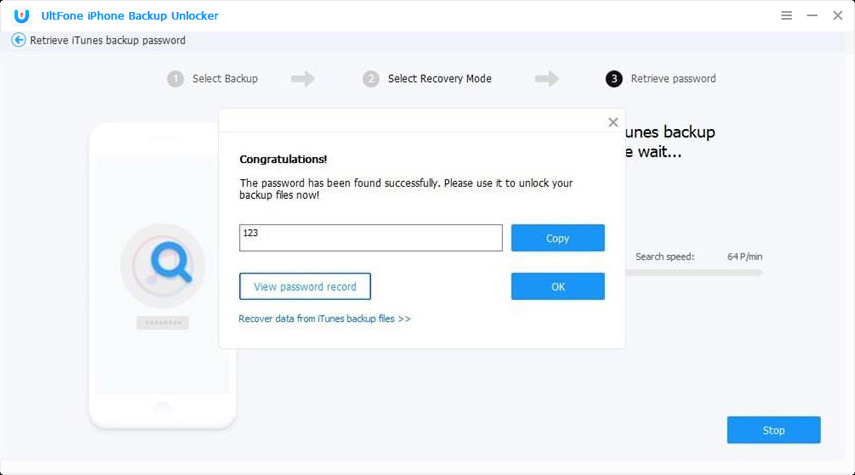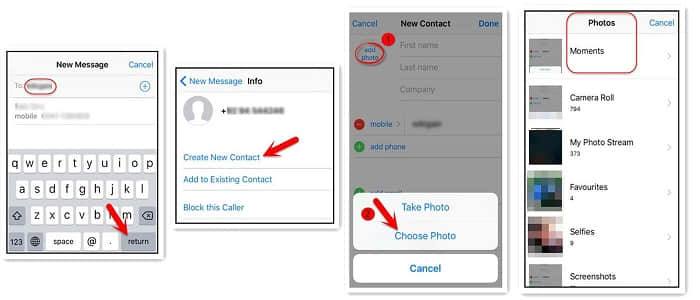

As a key component of the so-called 3-2-1 rule of backups, the cloud provides the kind of convenient and accessible off-site security needed to keep your data safe.Īcronis believes you alone should have total control over your data’s destiny. This isolates your data from the dangers that can threaten your local drives, such as a hardware failure, malware attack or natural disaster. Any thorough backup strategy requires one storage location beyond your local computer.

Once done, you should also make a regular habit of backing up your encrypted backup to offsite storage, such as iCloud or another online backup service. After physically plugging your iPhone into your computer, you must turn-on the “Encrypt” backup option in iTunes for it to begin regular encrypted backups. ITunes backup requires proactive monitoring and is a bit clunky in implementation, for example. The common backup solutions many of us might think of, like iTunes, take a lot of time and dedication to execute. While we don’t want to lose any of our data and we say security matters to us, few of us add “encrypt iPhone backup” to our nightly routine.


 0 kommentar(er)
0 kommentar(er)
